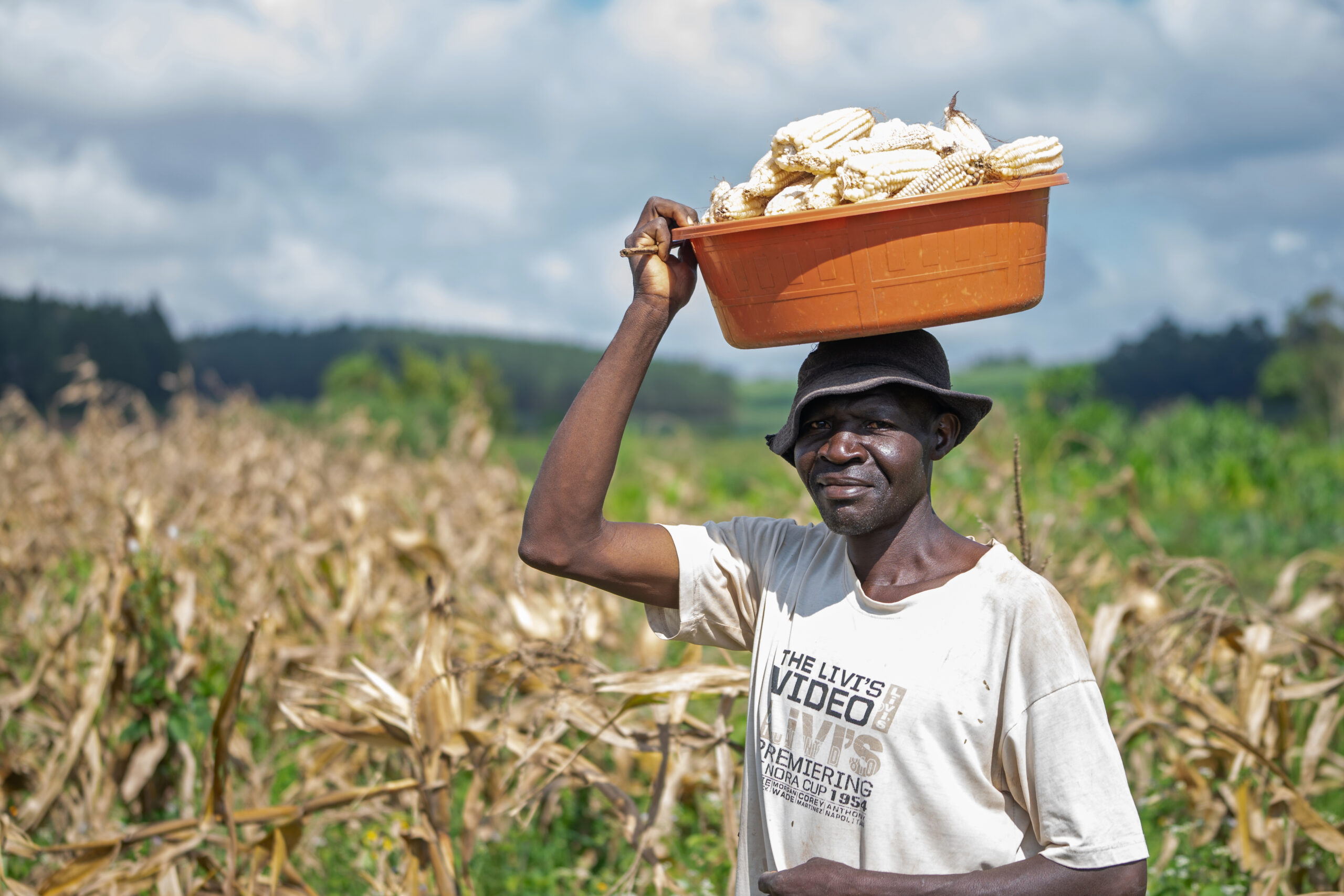The role of agriculture in national GDP remains central to economic stability, food security, and employment, especially in developing countries. Agriculture contributes directly to GDP through the value of crops, livestock, fisheries, and forestry. It also supports other industries such as processing, manufacturing, transportation, and finance, creating a multiplier effect that stimulates broad-based development.
In countries like Uganda, agriculture accounts for over 24% of GDP and employs more than 70% of the population. This direct contribution is complemented by indirect impacts on agro-processing and trade. Agricultural activities enable industries that depend on raw farm outputs to thrive. For example, the production of milk supports dairy processors, while maize supplies millers and feed manufacturers.
Beyond goods and services, agriculture also supports foreign trade. Nations that export agricultural commodities such as coffee, tea, or cocoa benefit from increased foreign exchange earnings. This boosts national reserves and stabilizes the economy. In Uganda, coffee alone contributes a large share of export revenue, demonstrating how vital agricultural exports are to GDP and national development.
Agriculture plays a powerful role in employment and poverty reduction. It offers opportunities for rural populations that lack access to formal education or industrial jobs. According to the World Bank, agricultural growth is two to four times more effective at reducing poverty than growth in other sectors. This makes agriculture a strategic sector for inclusive economic development.
Agriculture also secures national food needs. A strong agricultural base reduces dependence on food imports, stabilizes prices, and improves nutrition. This contributes to labor productivity and overall health, which are essential for sustained GDP growth. When food systems function well, national resources can be allocated to infrastructure, education, and healthcare.
However, several challenges limit the full potential of agriculture’s contribution to GDP. These include land fragmentation, low access to finance, poor infrastructure, price volatility, and the effects of climate change. Droughts, floods, and pests often reduce output and profitability. Without irrigation, quality inputs, and post-harvest handling systems, farmers operate at high risk and low efficiency.
To address these issues, governments and development partners must invest in rural roads, extension services, irrigation systems, and farmer education. Affordable credit facilities and insurance can also empower farmers to expand production and reduce vulnerability. When agriculture becomes more productive and profitable, its GDP contribution increases substantially.
Finally, agriculture must embrace innovation. Modern technologies, mobile platforms, and climate-smart practices can improve yields and efficiency. Digital tools help farmers access markets, manage risks, and track performance. The integration of technology ensures agriculture evolves from subsistence to commercial scale, with tangible effects on national income and growth.

